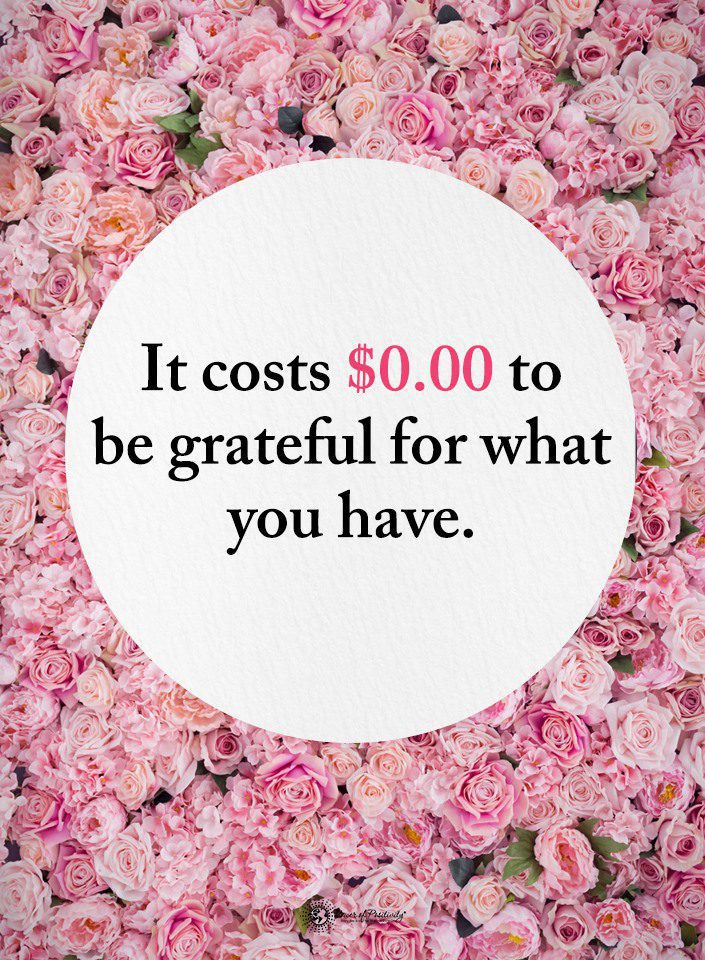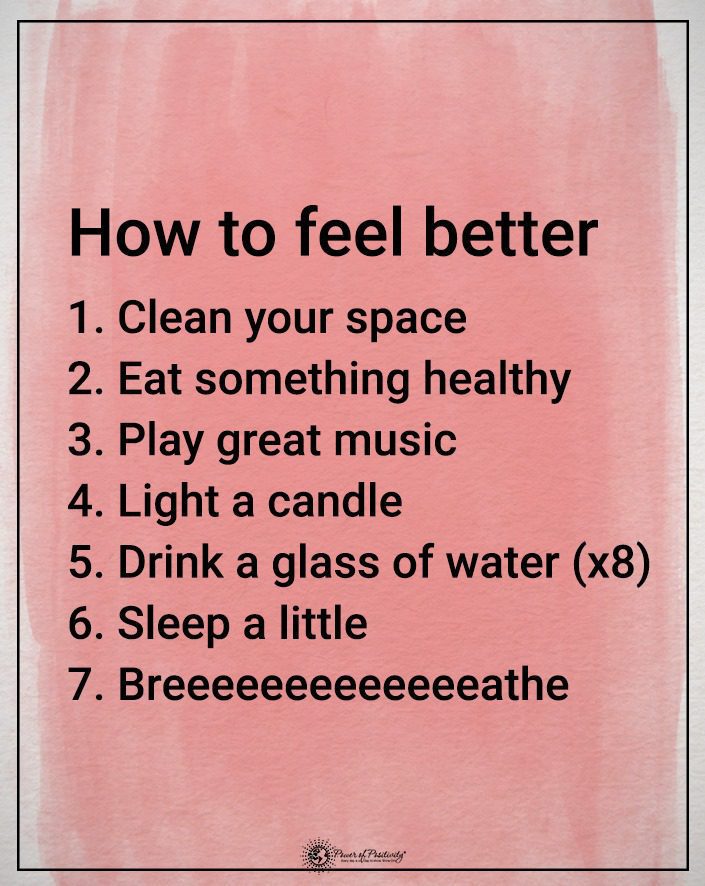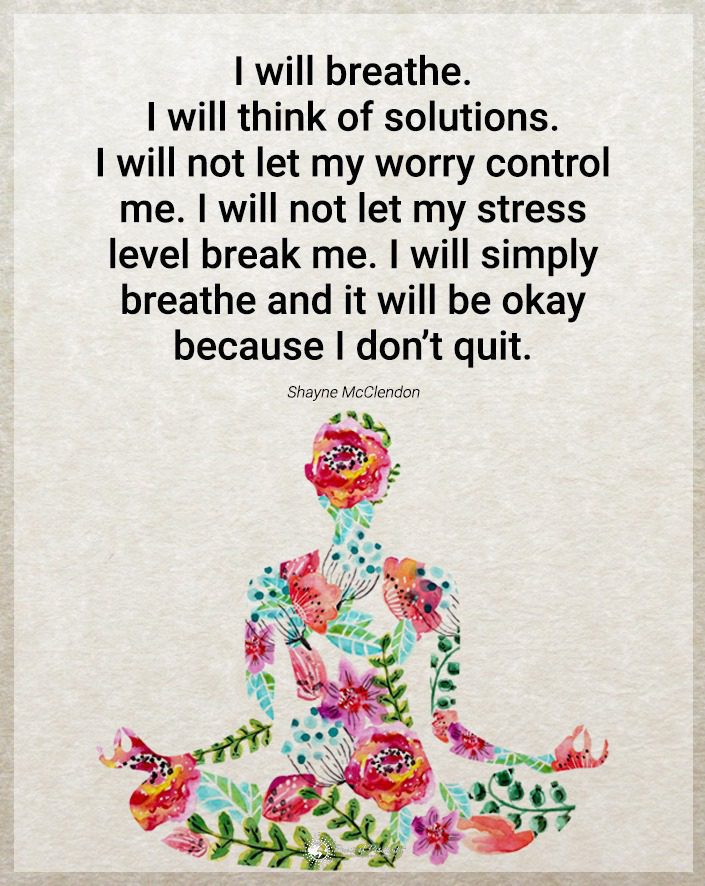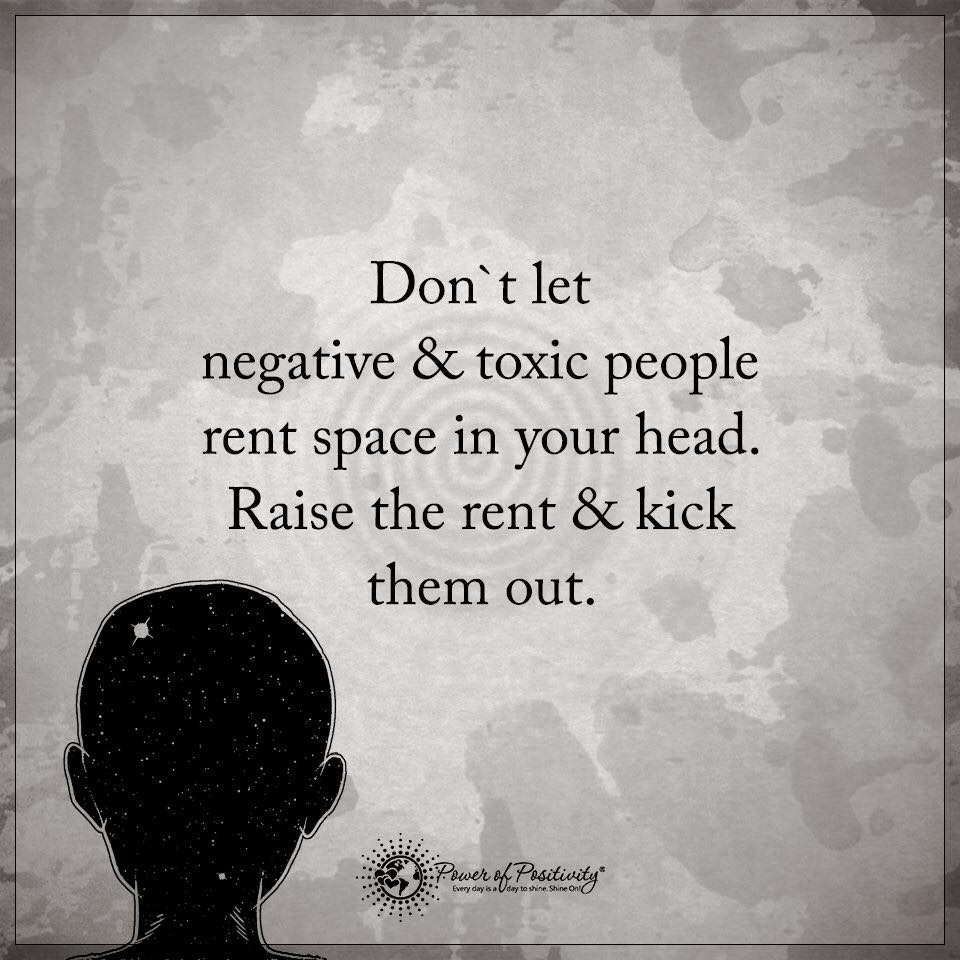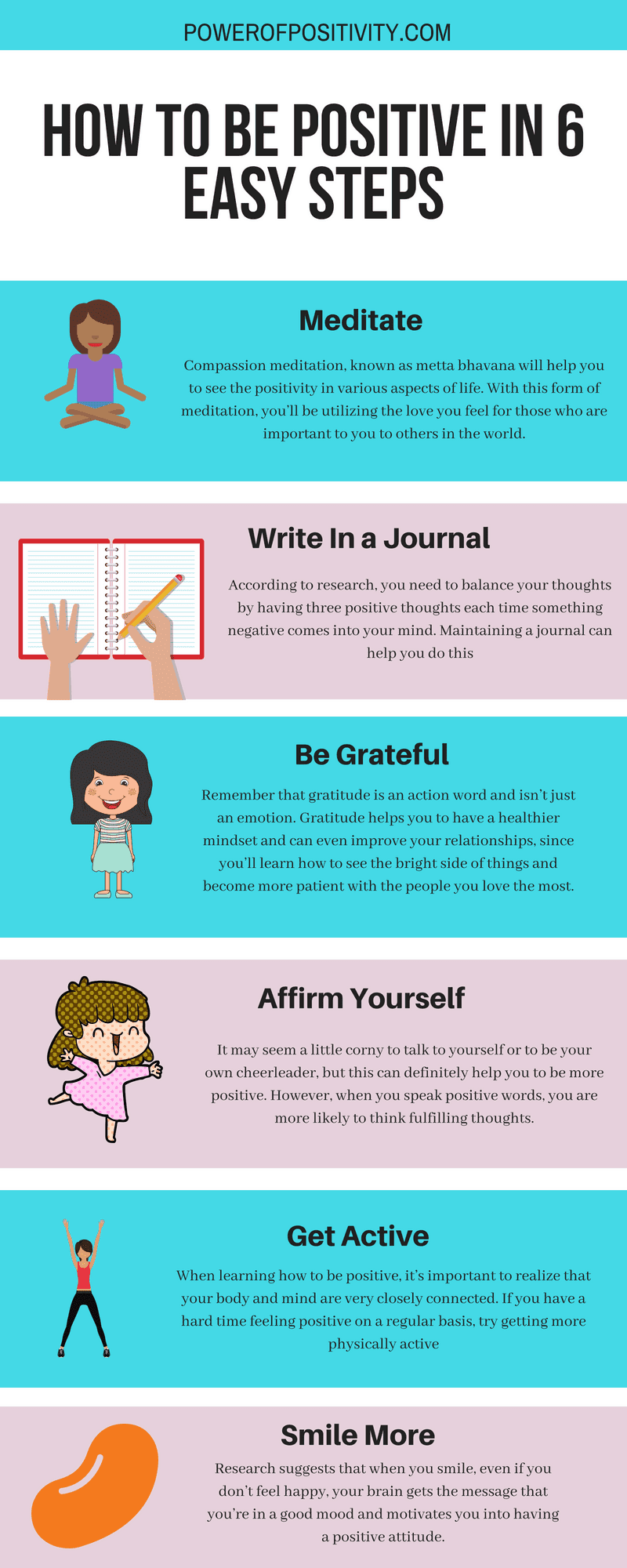You may not think twice about the colors of certain objects you see throughout the day. But colors have a very powerful effect on human behavior. Indeed, they influence mood and even buying habits.
Marketers study which colors will convert shoppers into buyers. And psychologists use color in order to diagnose mood disorders and even attempt to improve the moods of their patients.
Think about this. When you go outside and look up at blue skies or relax on the beach and stare out at blue waters, you probably feel relaxed and peaceful.
On the other hand, the color red makes your heart may beat faster and might invoke feelings of passion, anger, or even danger. Color influences many aspects of our lives. However, not many people question how color affects our minds and bodies.
There’s a fascinating connection between color and our behavior. Furthermore, we will share the studies to prove it!
How Color Influences Mood And Behavior
Consider this example. When children held in the detention center at the San Bernardino County Probation Department in California exhibit violent behavior, workers place them in an 8- by 4-foot cell with bubble gum pink walls. Most of the children become relaxed and stop shouting and pounding on the walls. Indeed, that quiet happens within 10 minutes or less.
Scientists still debate whether color’s impact is physiological or just psychological.
But Harold Wohlfarth, president of the German Academy of Color Science, and a photobiologist at the University of Alberta can prove it.
The proof or color’s power on the psyche
Dr. Wohlfarth said, “Color very definitely has a physiological effect.”
He backs that up with an experiment he conducted at the Elves Memorial Child Development Centre. That facility is a private school exclusively for handicapped children in Edmonton, Alberta.
In the experiment, he found that when exposed to light, the blood pressure, pulse and respiration rates of two blind children and also seven students with normal sight were identical.
In the study, published in the International Journal of Biosocial Research (Volume 3, No. 1), the walls of the schoolroom were repainted royal and light blue from their original colors, orange, and white. Gray carpeting replaced an orange rug. Also, fluorescent lights and diffuser panels were substituted with full-spectrum lighting.
As a result, Professor Wohlfarth reported that the children’s mean systolic blood pressure dropped from 120 to 100, or nearly 17 percent. The children also became more attentive and less antsy and aggressive, observed by the teachers and independent observers. When the room was converted back to its original color scheme and lighting, however, the readings gradually increased and the children once again became rowdy.
Professor Wohlfarth explained that several experiments on small mammals have confirmed that when light passes through the retina, it impacts the pineal gland’s synthesis of melatonin, a hormone that affects the body’s production of serotonin, a neurotransmitter.
Another study on the impact of color
Alexander Schauss, director of the American Institute for Biosocial Research, explained that the electromagnetic energy of color affects the pituitary and pineal glands, as well as the hypothalamus in the brain in some still undiscovered way. However, what’s significant about this finding is that these organs regulate the endocrine system, responsible for controlling many basic bodily functions and emotional responses.
How Color Influences Marketing And Purchasing Habits
Numerous studies have been performed surrounding the importance of color in branding and marketing, and in one titled Impact of Color on Marketing, researchers discovered that around 90% of impulse judgments made about products can be made on color alone.
Psychologist and Stanford professor Jennifer Aaker conducted comprehensive studies about the topic of colors and “brand personality.”
She found that a brand can be perceived by five core dimensions:
- Sincerity
- Excitement
- Competence
- Sophistication
- Ruggedness.
For a product manufacturer, choosing a color that aligns with what they want their products to represent is crucial in marketing and branding strategies. In other words, the perceived appropriateness of the color used for a specific brand determines buyer behavior.
Let’s use the example of an outdoor recreation company selling products. They make products for camping, fishing, and other activities in nature. Thus, they want earthy tones. So they would not choose a bright pink or purple theme.
On the other hand, let’s imagine a manufacturer of toys for young girls. Purple and pink would be ideal for their intended audience.
As you can see, color plays a huge role in how we feel and behave and how we buy products.
Research continues to emerge about the power of color in our daily lives. But one thing remains certain: our perception of color triggers a profound reaction within our minds and bodies that sheds light on the complexities of the human species.






